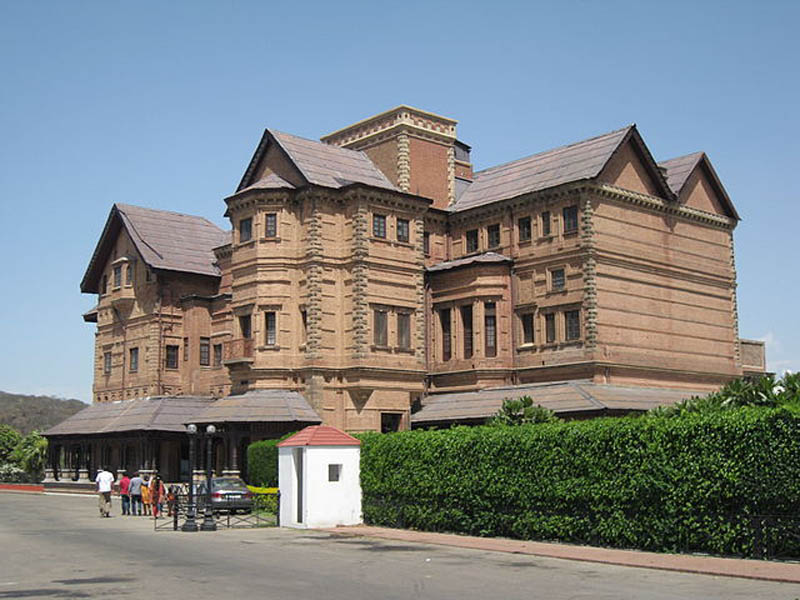The name Jammu is derived from its ruler who founded it. Raja Jambulochan founded this city in 14th BC and named it Jambupur which later changed to Jammu.
Jammu has historically been the capital of Jammu Province and the winter capital of the erstwhile Jammu and Kashmir princely state(1846–1952).
Jammu is Known as the City of Temples for its ancient temples and Hindu shrines.
The Battle of Jammu was a surprise attack launched by Mughal General Zakariya Khan Bahadur against the Sikhs who were under the leadership of Bhag Singh.
The Sikhs were pursued all the way north to Jammu by the Mughal forces. At Jammu, the Sikhs were met by Jammu King Raja Dhruv Dev (1707-1733), whose father Raja Gaje Singh (1692-1707) accepted Mughal suzerainty during Aurangzeb’s reign.
The Sikhs were surrounded and killed by the combined Mughal and Jammu Rajput forces. Their leader Bhag Singh was then captured and executed by Zakariya Khan Bahadur.
According to folk etymology, the name “Kashmir” means “desiccated land” (from the Sanskrit: Ka = water and shimeera = desiccate {completely dry} ). In the Rajatarangini, a history of Kashmir written by Kalhana in the mid-12th century, it is stated that the valley of Kashmir was formerly a lake.
VEDIK GYAN
Jaya and Vijaya are the two gatekeepers (Dwarapalaka) of the abode of Vishnu, known as Vaikuntha.
According to a story from Bhagavata Purana, the Four Kumaras, Sanaka, Sanandana, Sanatana, and Sanatkumara who are the manasputras of Brahma (sons born from the mind or thought power of Brahma), visited Vaikuntha,
Jaya and Vijaya, the gatekeepers of the Vaikuntha interrupt the Kumaras at the gate.
The enraged Kumaras cursed both the keepers Jaya and Vijaya, that they would have to give up their divinity, be born as mortals on bhuloka (earth), and live like normal human beings.
Vishnu appeared before them, and the gatekeepers requested Vishnu to lift the curse of the Kumaras. Vishnu said that the curse of the Kumaras cannot be reversed. Instead, he gives Jaya and Vijaya two options.
The first option is to take seven births on Earth as a devotee of Vishnu, while the second is to take three births as his enemy. Both choose second option to complete the curse as soon as possible and return the Vaikunta.
LEARN Sanskrit-ललित :Elegant
Lalit is largely used in India and it is derived from Sanskrit origins. The meaning of Lalit is charming
 |
Ch Narmada Naveen Kumar |


